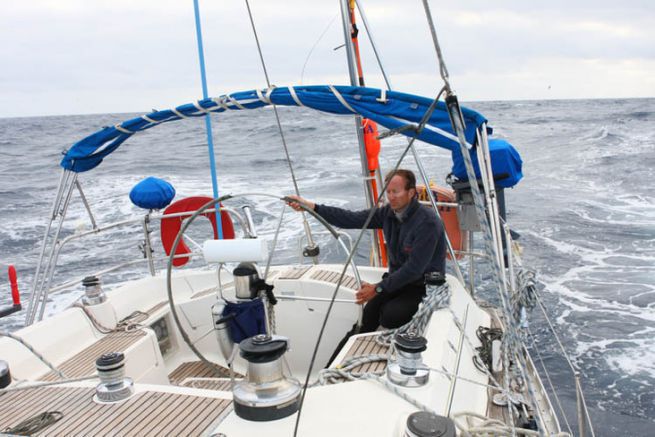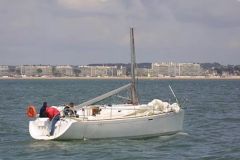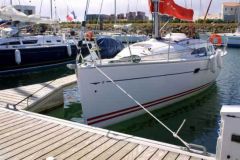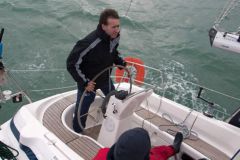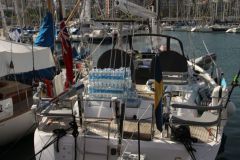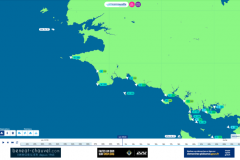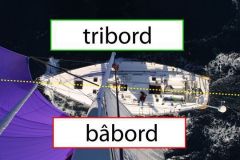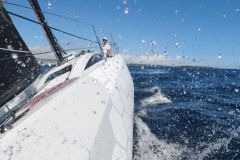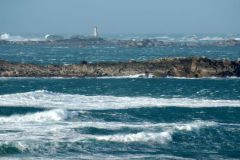The wind creates the swell
The swell is the undulating movement of the sea. This one is formed as a result of a distant wind field. To easily understand this phenomenon, you only need to throw a pebble in the centre of a pond. The impact of the pebble is consistent with the wind. It will raise big waves just around the impact of the pebble then these waves will propagate circularly in all the pond while decreasing gradually: it is the swell. The farther away from the impact, the more this swell decreases. But this one can carry a very long distance.
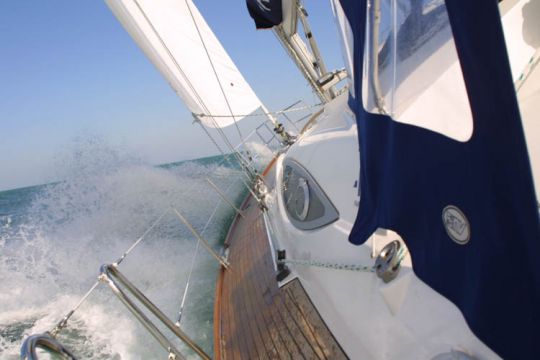
A phenomenon to be taken into account for navigation
The swell is fairly regular. Its amplitude is measured by the height from the crest (top of the swell) to the trough. It can be a few centimetres to several metres long, depending on the ocean. So much for the height, but the wavelength (distance between 2 peaks) is also very important to take into account. A long swell, even a hollow one, is much easier to handle than a short one.
If the swell is not disturbing offshore, it is to be taken into account when approaching the coast. Indeed, the rise in funds tends to amplify it, or even create surges. A good example is the Basque coast, at the bottom of the Bay of Biscay, where the Atlantic swell is concentrated and where the famous waves appreciated by surfers are formed.
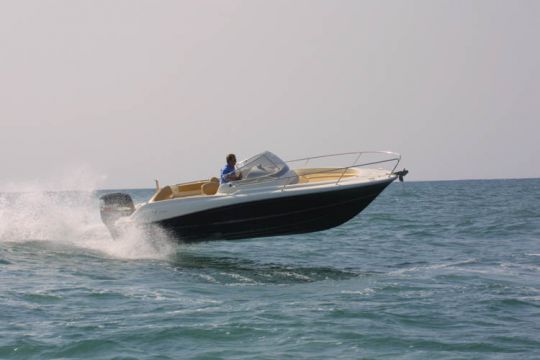
The sea of the wind
Often to the swell is added another phenomenon: the sea of the wind. Unlike the swell that formed far away, the local wind can also (de)form the sea. These wave trains are all the stronger the stronger the wind is, blowing for a long time or over a long distance (fetch). Indeed, the effects will not be the same with a gale in the Atlantic where the waves will be bigger than in a closed sea like the Mediterranean where the waves will be shorter.
Sometimes the sea of wind and swell are not in the same area. This is known as the "cross sea", which is not always pleasant to face.
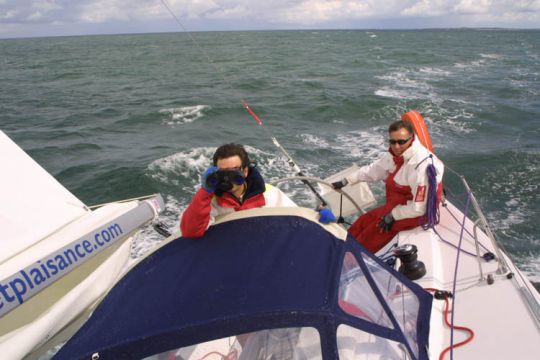
Weather terms
In a weather report, you will sometimes hear or read :

 /
/ 